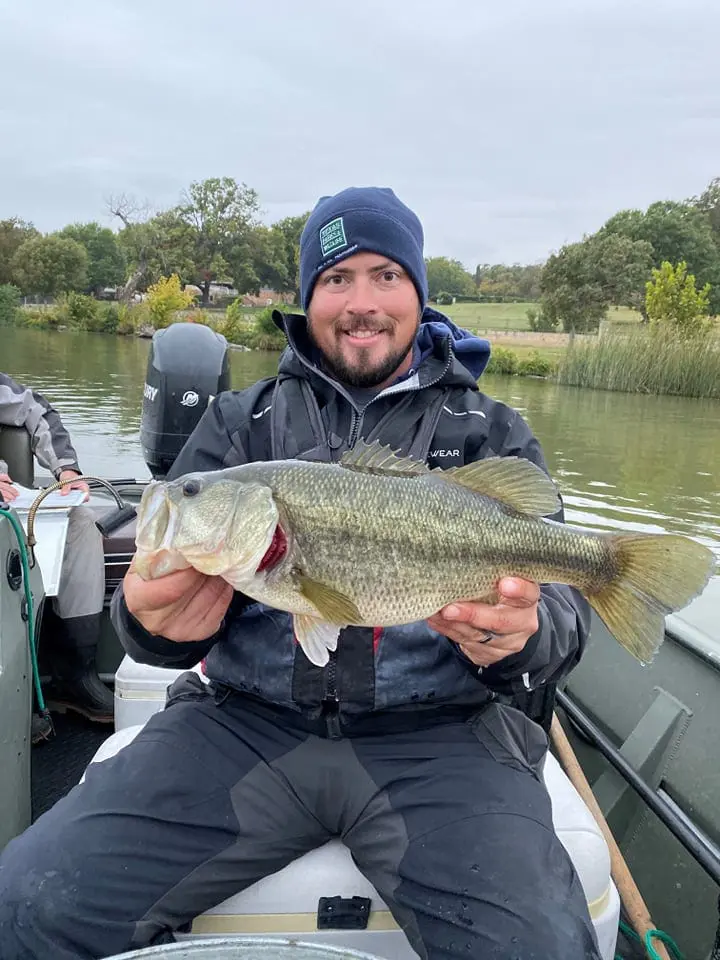Staff report, Lone Star Outdoor News
Inland Fisheries departments around the state are wrapping up their fall electrofishing surveys.
The Dallas/Fort Worth District said they caught 141 largemouth bass per hour and caught 26 keeper-size bass per hour on White Rock Lake. Of the bass caught, most of them were plump, suggesting that the shad also caught are keeping them fed. The group also caught numerous and large smallmouth buffalo, although no data was collected on them.
On Lake Grapevine, shad were found all over the lake and sunfish were abundant on the dam. The largemouth total catch rate was 158 per hour. Breaking it down further, they caught 34 14-inch bass per hour and 10 18-inch bass at 10 per hour. The smallmouth total catch rate was nine fish per hour and the catch rate of keeper-sized fish was one fish per hour. They also noted a few nice spotted bass weighing just over 2 pounds.
The largemouth were also looking good on Lake Lewisville. With a total catch rate of 125 bass per hour and a catch rate of keeper-sized bass was 11 fish per hour.
“We caught one largemouth just under 9 pounds, several 2- to 4-pounders, and a bunch of little ones that will be recruiting into the population in the next couple of years,” the district noted on its Facebook page.
The San Angelo District noted that the 40-foot water level rise last year created an abundant flooded habitat that produced an impressive 2019 year-class largemouth in Twin Buttes Reservoir.
“Catch rates of 4-5-inch bass this fall were higher than we’ve ever seen, significantly higher than the 2017 survey. These yearling bass should reach legal size in 2 to 3 years, and around 18 inches in about 4 to 5 years,” they noted.
“We did not observe many large bass during the survey, but this is due to the large fish being scattered as the reservoir increased from about 1,300 acres in 2017 to over 6,000 acres in 2019.”

The Marshall Fisheries Management District has been conducting electrofishing surveys for the past month in area lakes to assess the status of largemouth bass, sunfish and shad populations. The reservoirs are on a four-year sampling rotation with quality largemouth bass fisheries being surveyed every two years.
“Largemouth bass populations in our district all look pretty stable this year. Surveys at Lake Bob Sandlin and Martin Creek Lake showed excellent numbers of largemouth bass below 10 inches, which is an indication of good reproduction and a good year class,” said Tim Bister, Marshall district fisheries biologist.
“Our best survey of the year was at Lake Welsh. There were many fish between 12 and 18 inches, with more in the survey up to 20 inches,” Bister said.
They caught largemouth bass at a rate of 331 fish per hour during the survey. Lake Welsh largemouth bass are managed with an 18-inch minimum length limit. This harvest regulation, along with fast growth and a high percentage of pure Florida largemouth bass genetics, help to make this one of the district’s best bass fisheries.
In addition to largemouth bass, they saw a lot of large sunfish in their surveys. Brandy Branch Reservoir had bluegill and redear sunfish as long as 10 inches.


